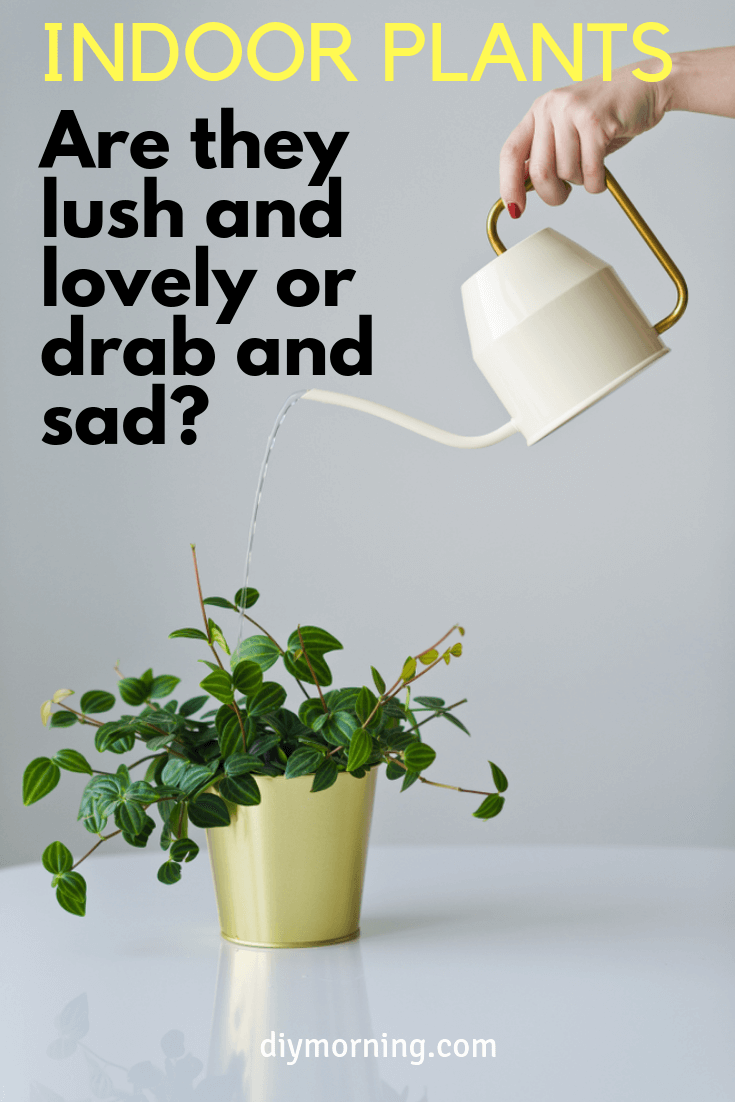Plants always look wonderful when you see them in a store, but how do you keep them looking their best? It’s not that hard to do.
You really want your indoor plants to enhance your home, to provide a sense of freshness and living color. You want the tranquility that comes from having green plants around you and you want the healthy air exchange they provide. To look their best, plants have a shortlist of requirements, and like any living thing, if you provide what they need, you will reap the benefits.
Table of Contents
Photosynthesis
This is what life is all about for a plant: Photosynthesis is the light energized reaction that uses carbon dioxide to provide energy for complex processes, and gives off oxygen. So, the survival and growth of most plants depends on the right light level. Each plant has its own requirements, and often you can find out what these are by a simple search to find out the plant’s natural habitat.
The ponytail plant comes from a desert in Mexico and likes a high light level so a window with direct sun could work very well. An aspidistra comes from a shady forest and will grow with no sunlight at all so is useful for a north facing window. If a plant doesn’t get enough light, photosynthesis will slow down and it will turn pale. This doesn’t necessarily mean that you can’t put that fern in the south facing front window, just that you can’t leave it there all year.
Give your plants a rest cure
You can have plants that you move around, and for many plants a bathroom with a window is a fine place to be. Alternating the plants in your living room with those you keep in the bathroom or by the hall window will allow a variety of light situations and you will see what conditions the plant responds well to. You will only get a good response if your plants are satisfied with the other necessity for photosynthesis: water.
Watering
Once again the natural habitat of the plant dictates the amount of water it prefers, whether a good soak followed by a dry out is good or if the soil needs to be constantly moist. You can cheat a little and improve on nature here by using water absorbing crystals in the soil, but you still need to give the plant enough water but not too much.
Many plants do not tolerate having their roots permanently soaked. Water is probably the most frequent thing you will add to your indoor plants, but they also need something else. They need vitamins and minerals just like we do.
Feeding your plants
Again we are going to consider the back to nature approach. Plants make use of dead leaves that fall around them, of insect and bird droppings and of all the natural decomposition that provides both nutrients and a healthy growing medium – for a plant.
You can give them fresh soil on a regular basis or a regular chemical feed, but you can’t expect a plant to keep growing and looking healthy while it is starved of nutrients. If you opt for the chemical feed as a regular thing you are going to want to repot your plant at least every two years. There is just one more thing a plant likes, a shower every now and then.
Cleanliness is next to loveliness
Hygiene for plants means removal of dead leaves and keeping leaves clean and dusted so that light can get through to the photosynthesizing cells and keep them busy. Small plants can be put in the shower or outside during a summer rain. For larger plants you might have to clean them leaf by leaf with a soft damp cloth. Call a friend, put it on hands free and have a good chat while you clean leaves, and you won’t even notice how tedious it is.
Keep your plants healthy and they will make you happy. If you think you aren’t going to be able to give the light, water, feed and infrequent clean up that your plants need, there are some very nice silk plants available.





